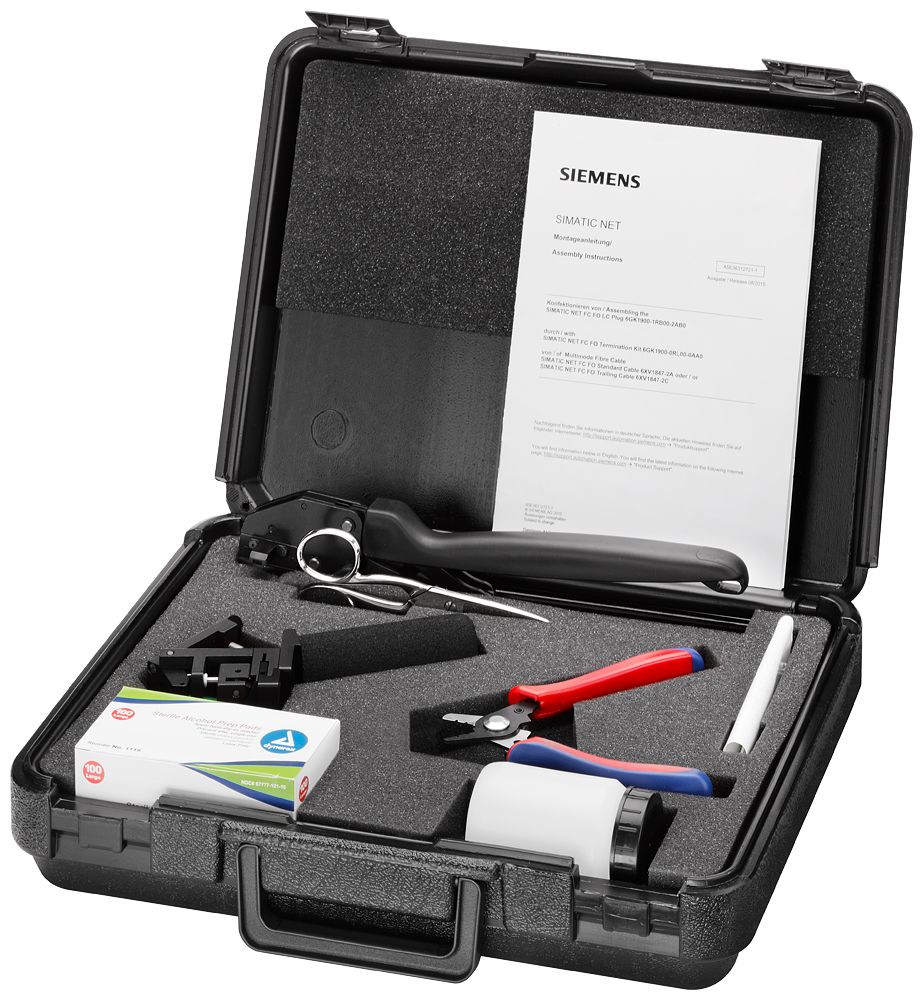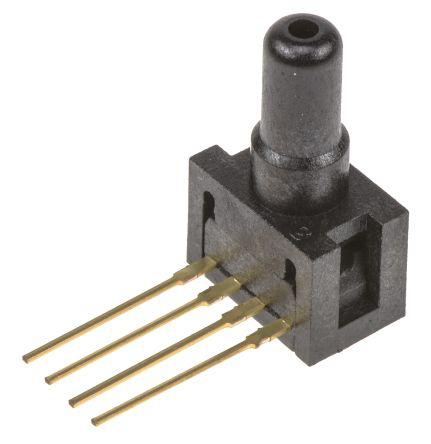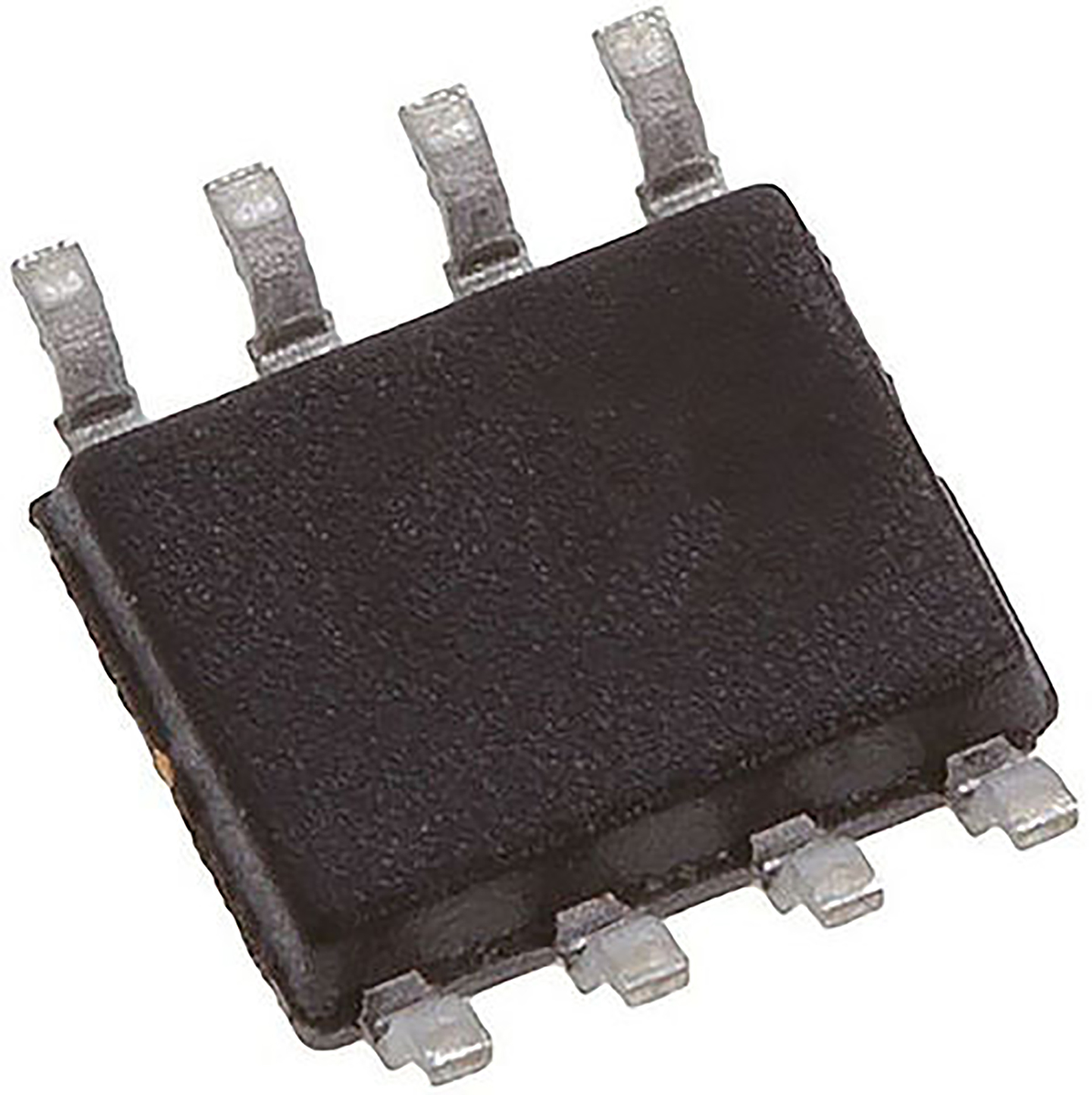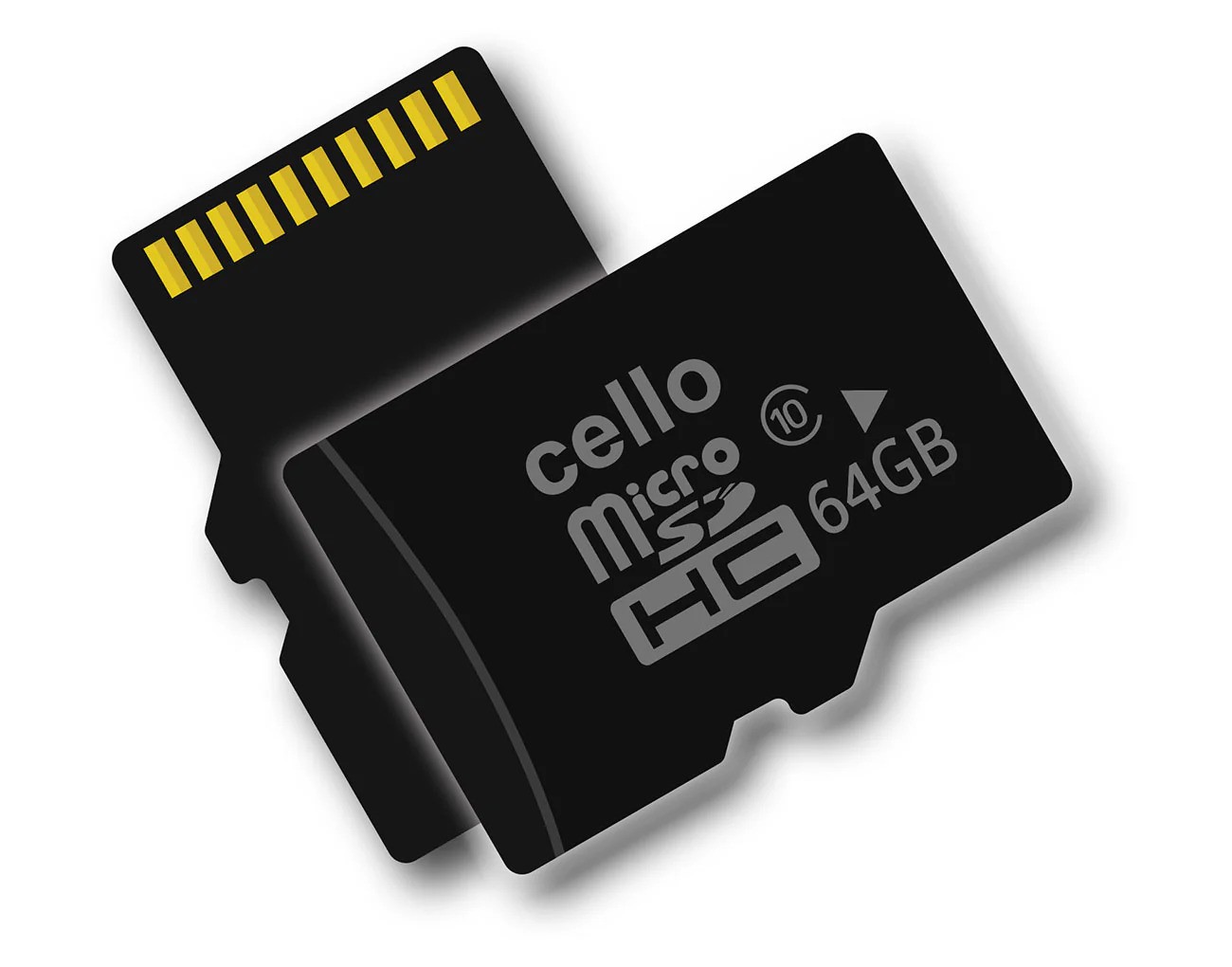How Do Junction Boxes Improve Electrical Safety and Organization?
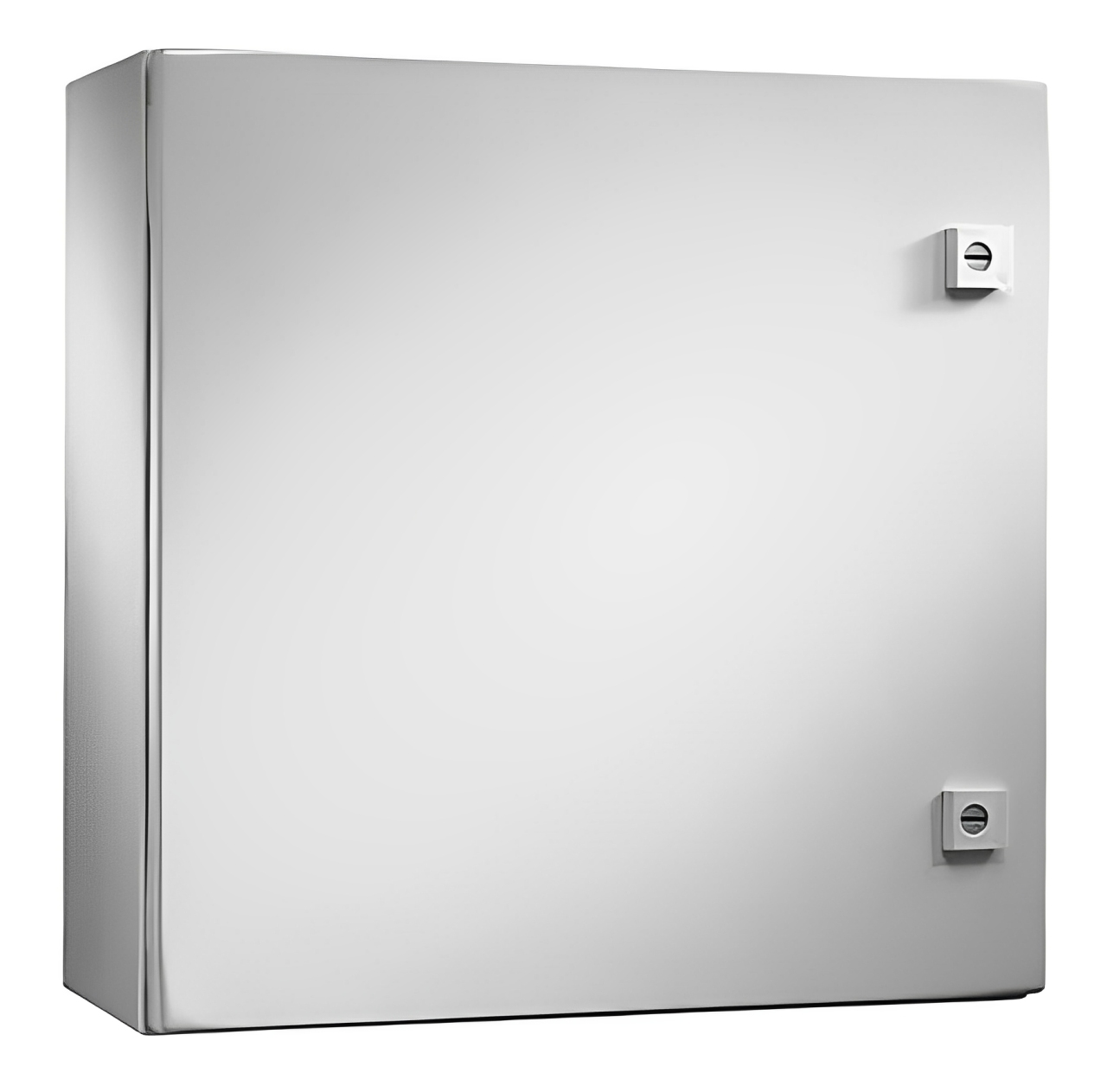
Strong 8k brings an ultra-HD IPTV experience to your living room and your pocket.
Junction boxes play a crucial role in every electrical system, serving as the protective housing where multiple wires connect safely and securely. Their primary function is to safeguard electrical connections while maintaining order and preventing hazards. This article explores the purpose, benefits, types, and essential accessories of junction boxes, providing insight into why these devices are indispensable in electrical installations.
What Is a Junction Box and What Does It Do?
A junction box is a durable enclosure designed to house and protect wire connections. These boxes act as the central point where wires from different circuits meet and connect. Made from either plastic or metal, junction boxes shield wiring connections from external damage, moisture, and accidental contact, ensuring electrical safety and longevity.
Core Characteristics of Junction Boxes
- Provide a secure environment for electrical connections
- Protect against dust, moisture, and mechanical impact
- Easy to install and maintain
- Meet safety regulations and electrical codes
Why Are Junction Boxes Critical in Electrical Systems?
The use of junction boxes is fundamental to both safety and system organisation. Key reasons to incorporate them include:
- Reducing the risk of electrical shock and fire hazards by covering exposed wires
- Keeping wiring systems neat and manageable
- Shielding cables from environmental damage and wear
- Complying with mandatory electrical safety standards
What Types of Junction Boxes Are Available?
Selecting the correct junction box depends on the installation environment and requirements. Common options include:
Plastic Junction Boxes
- Cost-effective and lightweight
- Resistant to corrosion and suitable for indoor use
- Ideal for residential and light commercial settings
Metal Junction Boxes
- Sturdy and durable for industrial use
- Provide excellent grounding and shielding properties
- Suitable for harsh or demanding environments
Weatherproof Junction Boxes
- Engineered for outdoor and damp locations
- Offer high protection ratings such as IP65 or above
- Ideal for outdoor lighting, pools, and marine applications
Which Junction Box Accessories Enhance Functionality?
Junction box accessories enhance the versatility and safety of the electrical setup. Essential accessories include:
- Cable Glands: Seal cable entries and prevent moisture ingress
- Terminal Blocks: Organise wire connections securely inside the box
- Mounting Brackets: Allow stable and easy installation on surfaces
- Box Covers: Provide protection and easy access for maintenance
- Sealing Gaskets: Ensure environmental protection and dust resistance
Where Are Junction Boxes Commonly Used?
Junction boxes find use across various sectors due to their adaptability and safety features:
- Residential homes for circuit junction points
- Commercial buildings manage complex wiring networks
- Industrial sites handling robust and heavy electrical loads
- Outdoor installations requiring waterproof protection
How to Ensure Proper Installation and Maintenance?
To optimise junction box performance and safety, follow these guidelines:
- Always disconnect power before installation or servicing
- Select boxes suited for your specific environmental conditions
- Secure wires firmly and label them for easy identification
- Perform periodic inspections to check for damage or wear
Conclusion: Why Junction Boxes Are Indispensable for Electrical Safety
Junction boxes are foundational to safe and organised electrical installations. Knowing the different types and the right accessories to use can enhance your system’s durability and safety. Proper installation and upkeep further maximise the benefits, ensuring your electrical connections remain secure and compliant with safety standards. Investing in quality junction boxes and accessories is a wise choice for any electrical project, whether residential, commercial, or industrial.
Note: IndiBlogHub features both user-submitted and editorial content. We do not verify third-party contributions. Read our Disclaimer and Privacy Policyfor details.



